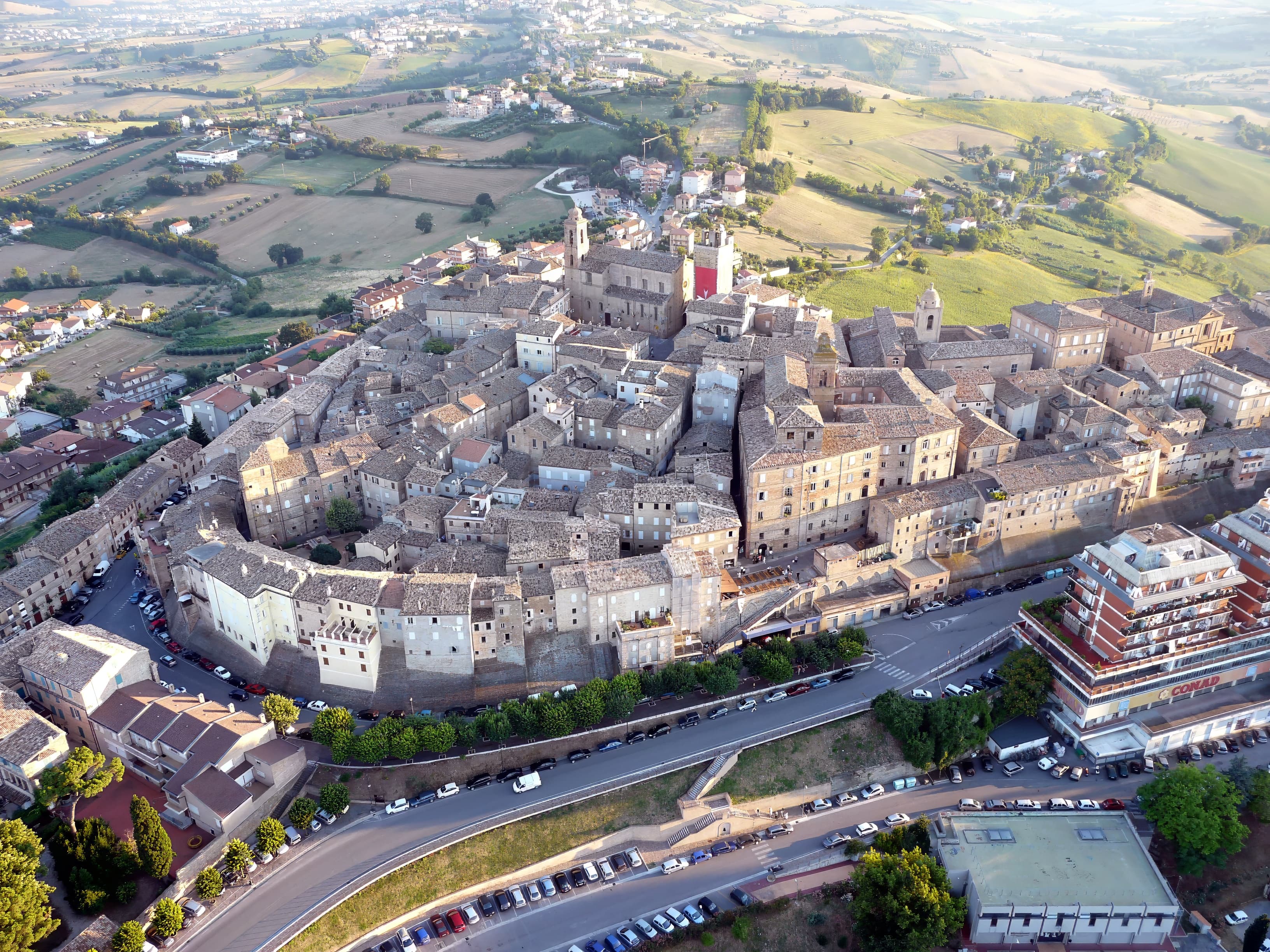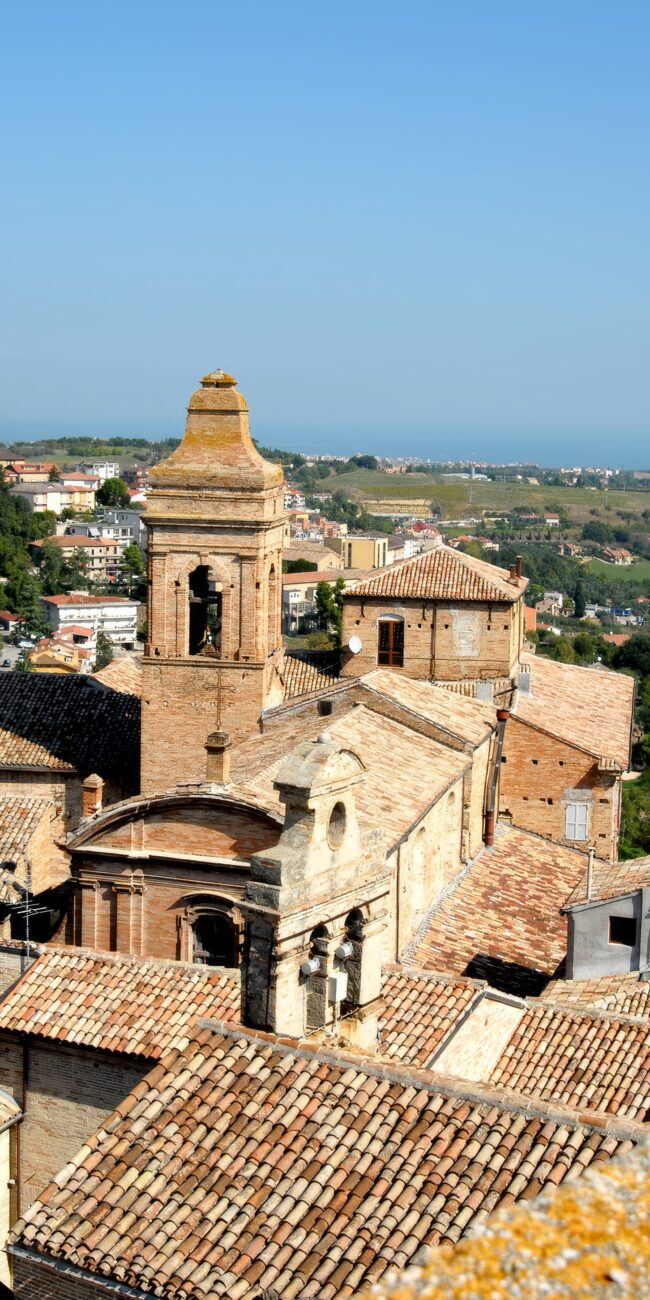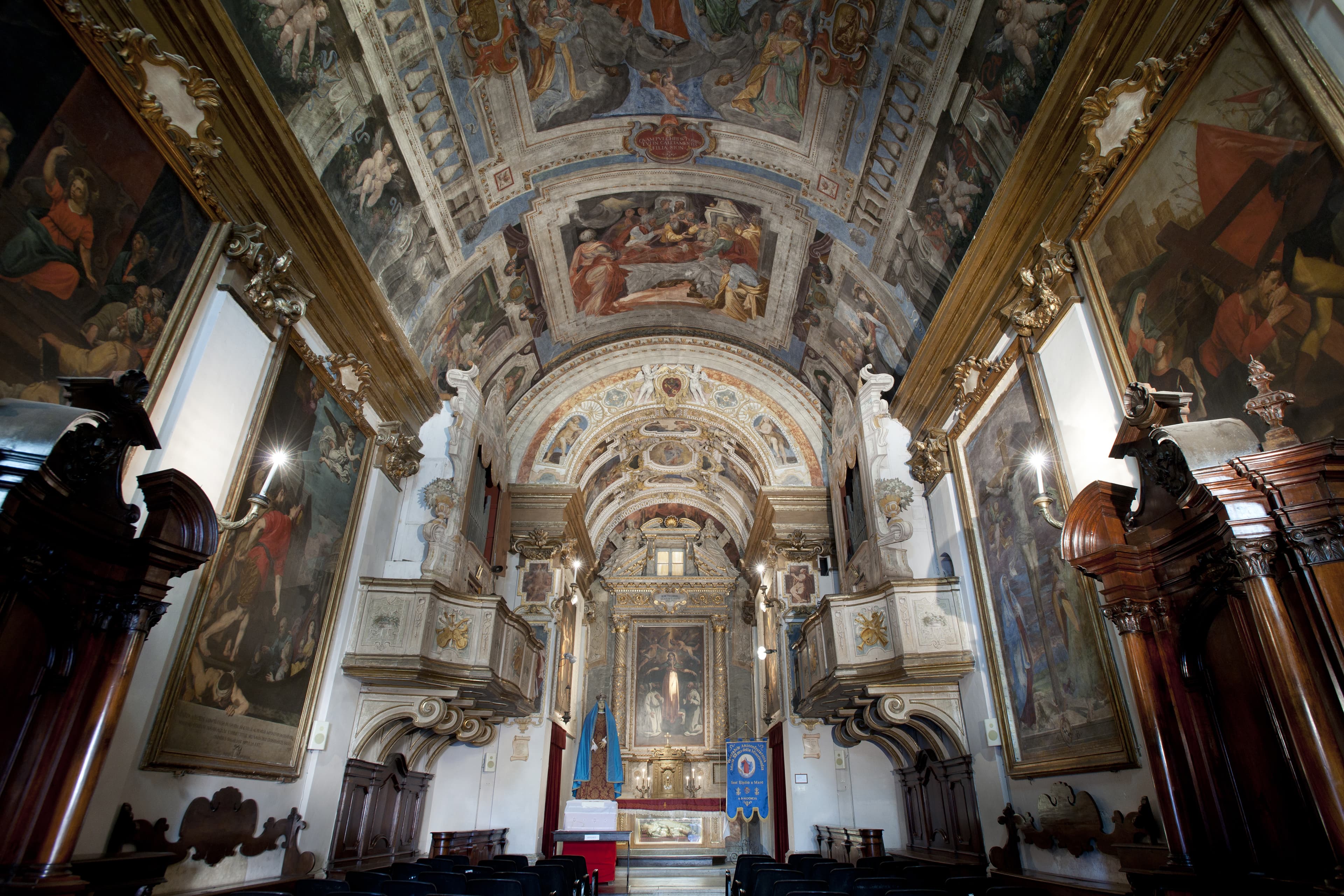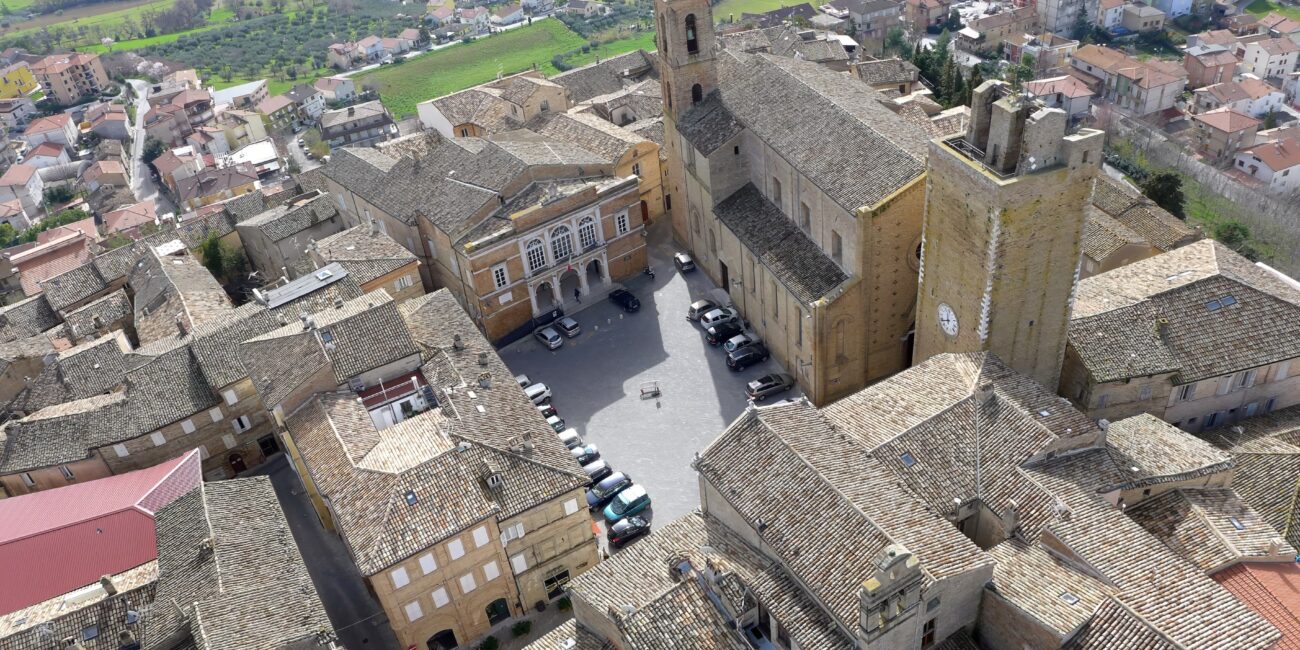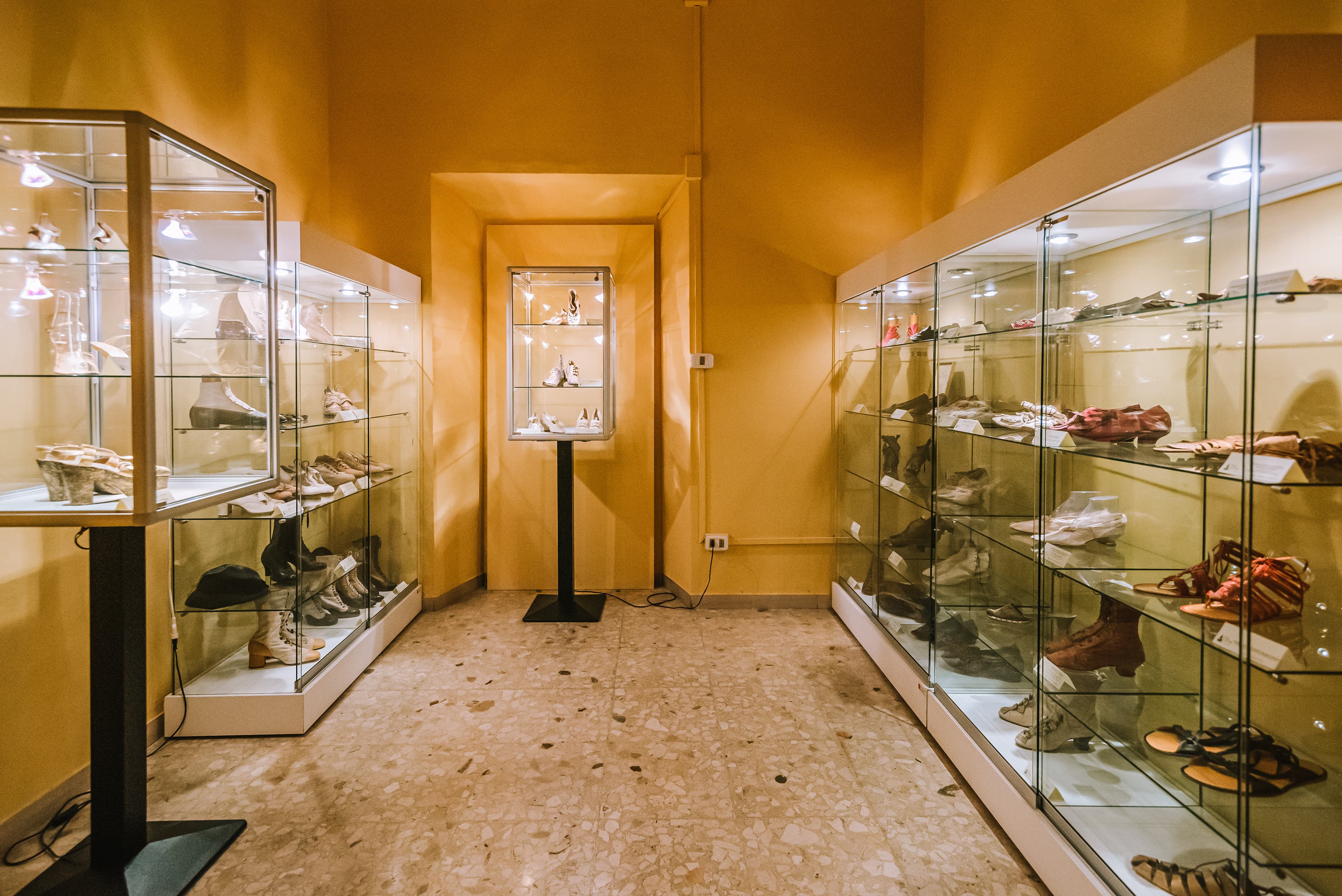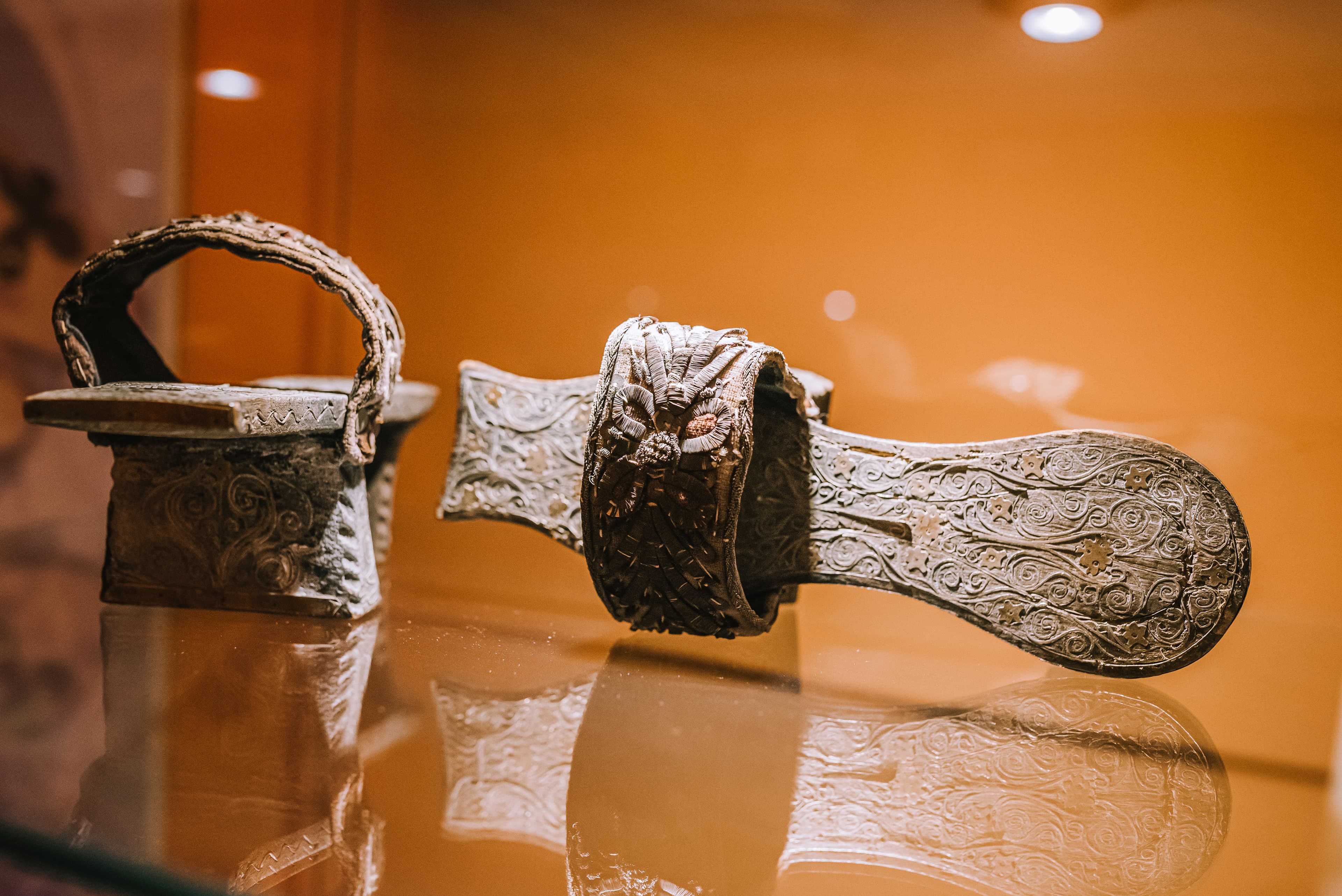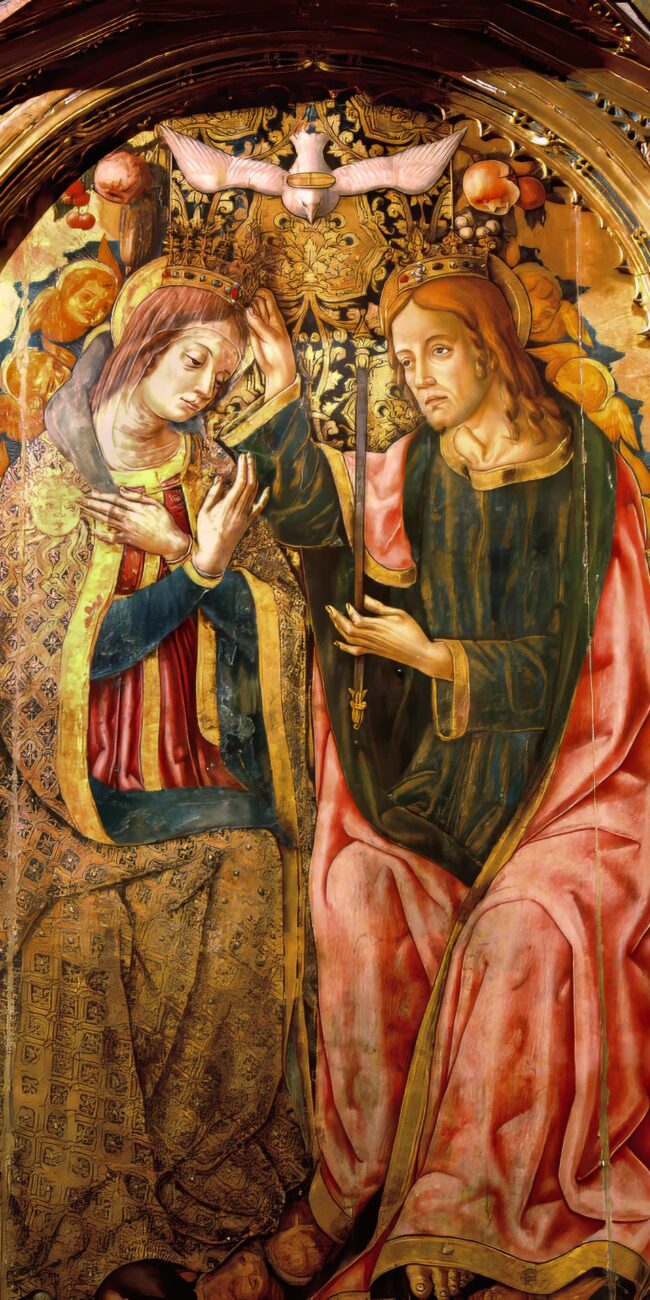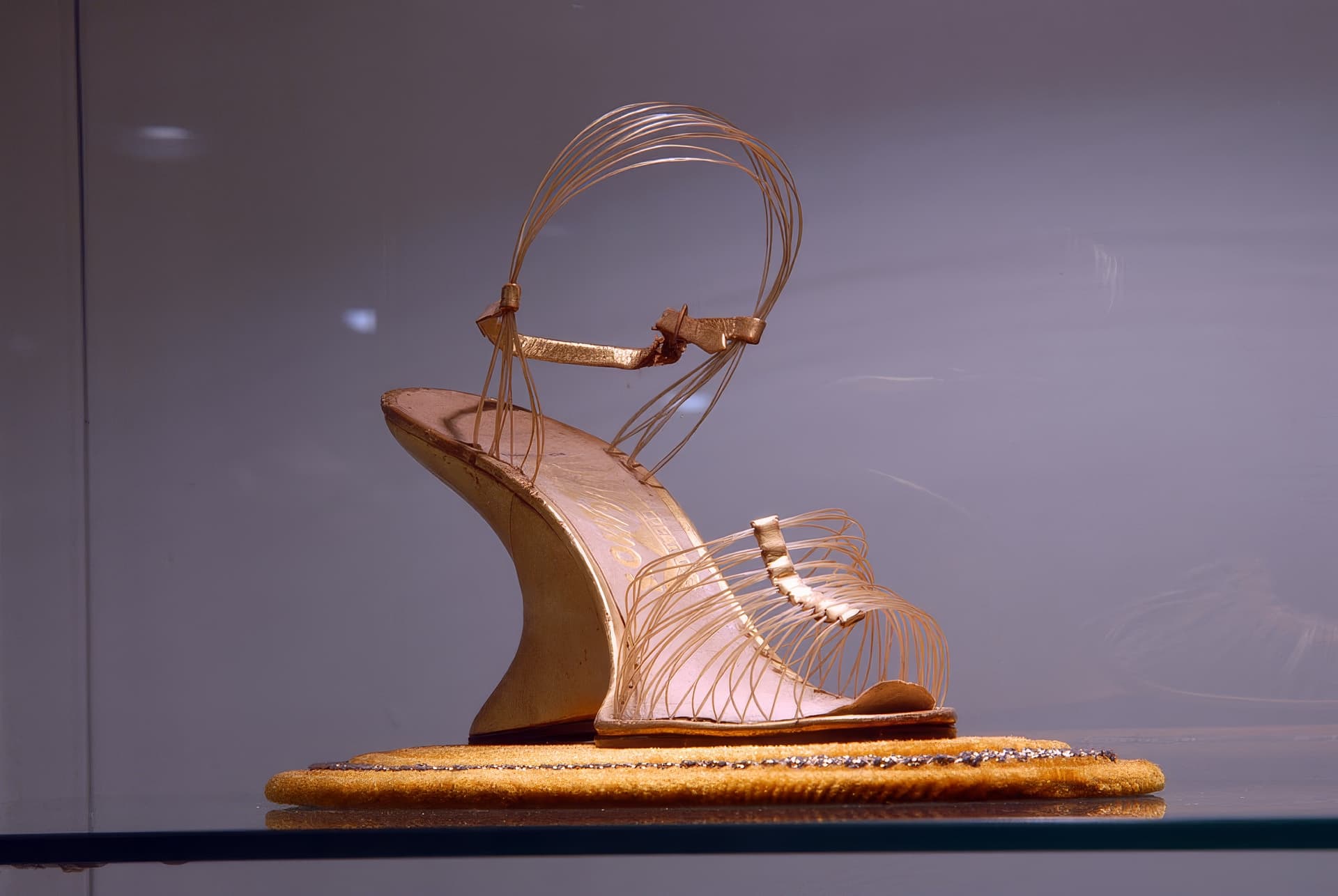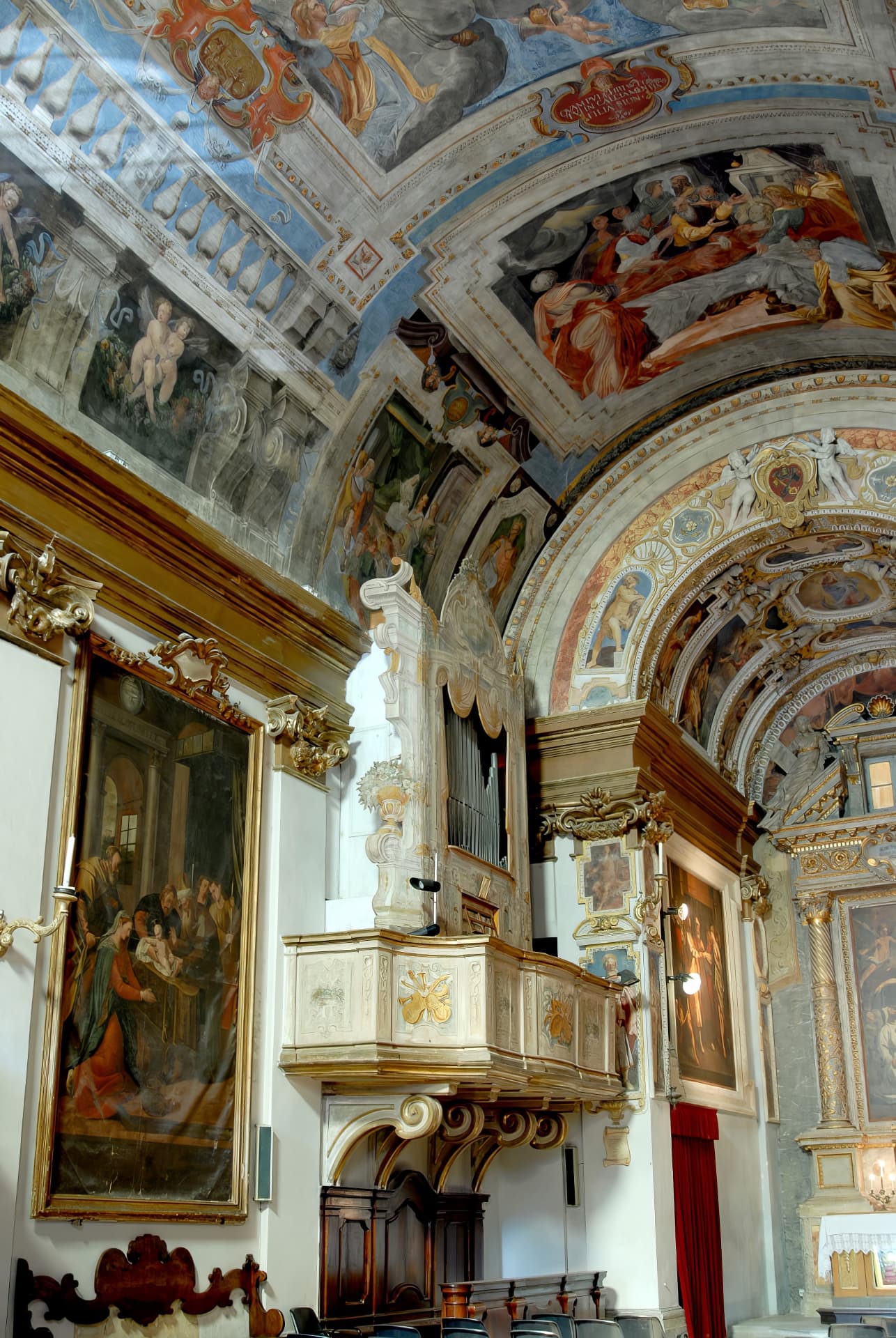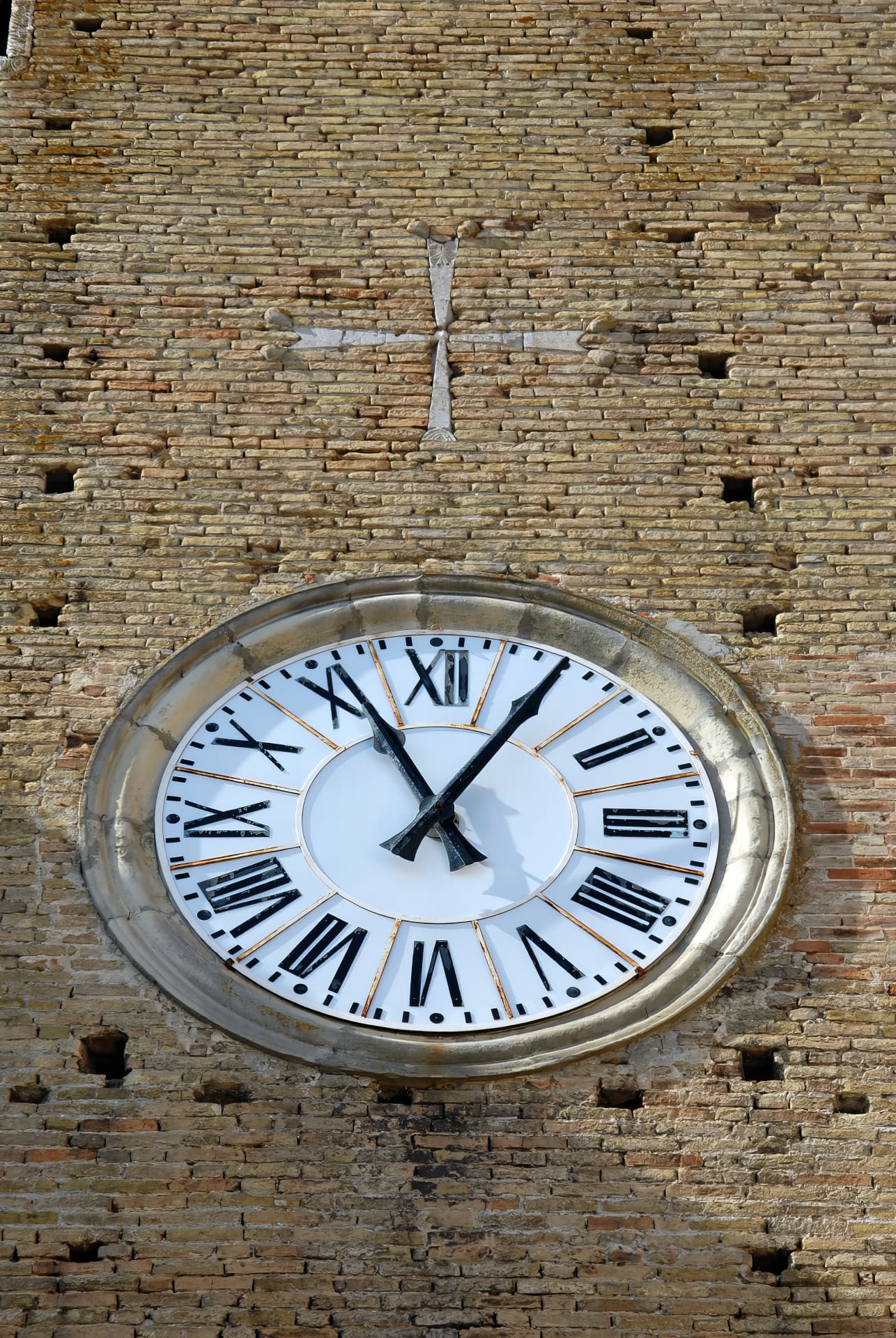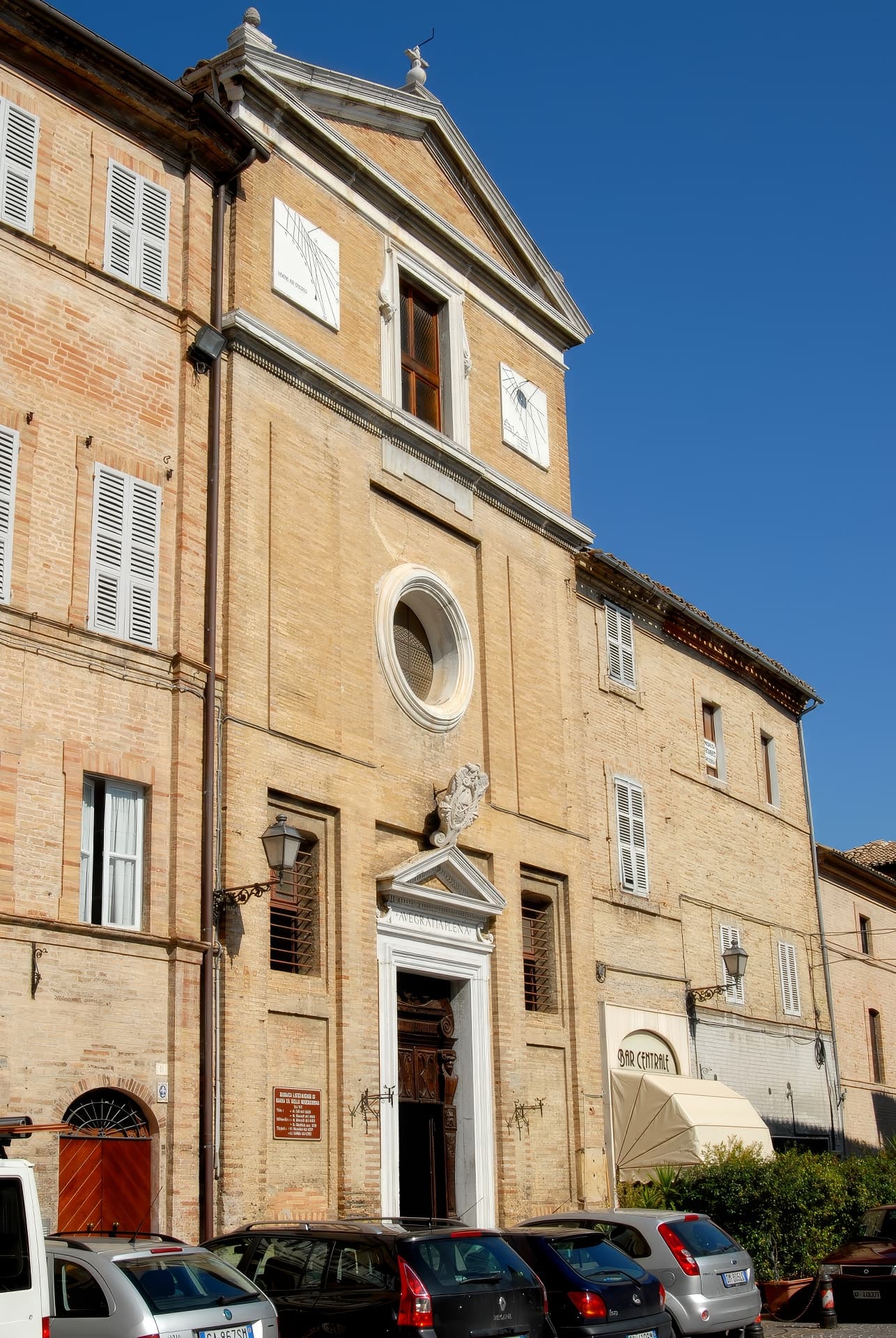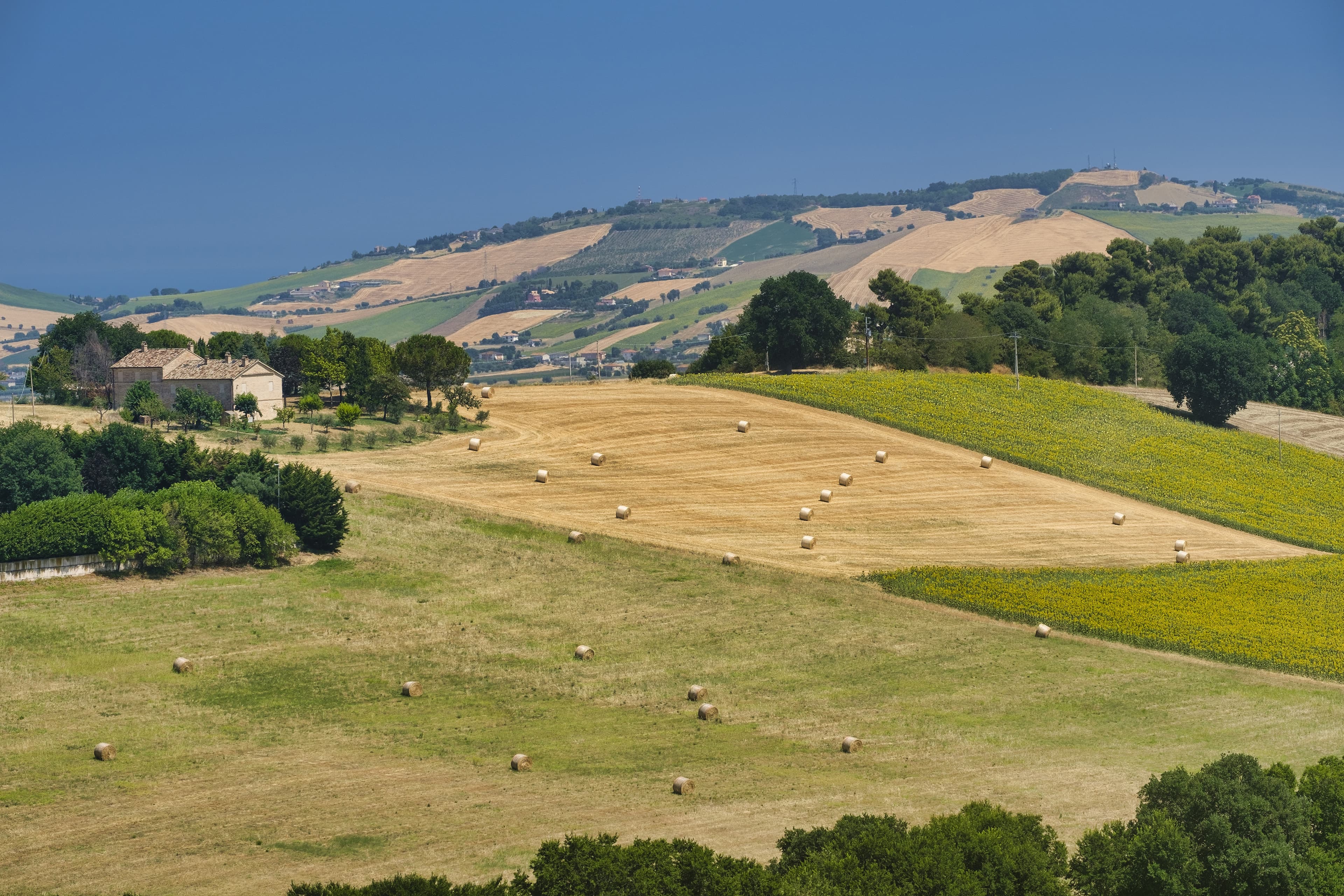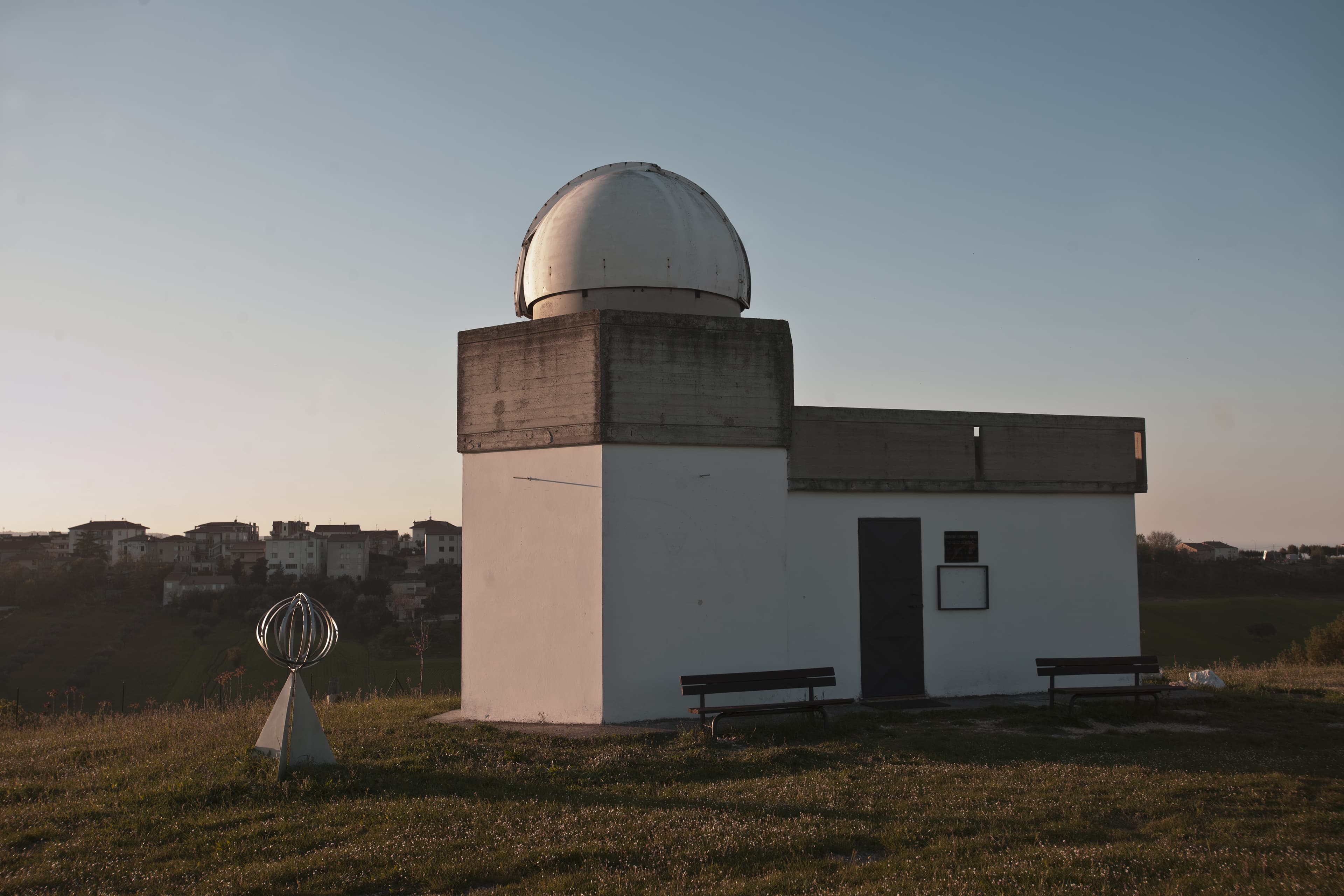Sant'Elpidio a Mare
Sant'Elpidio a Mare, a charming town in the Marche region, is famous for its shoe-making tradition and the charm of its historic center. Its picturesque cobblestone streets, lively squares and numerous craft stores make it a fascinating destination to explore.
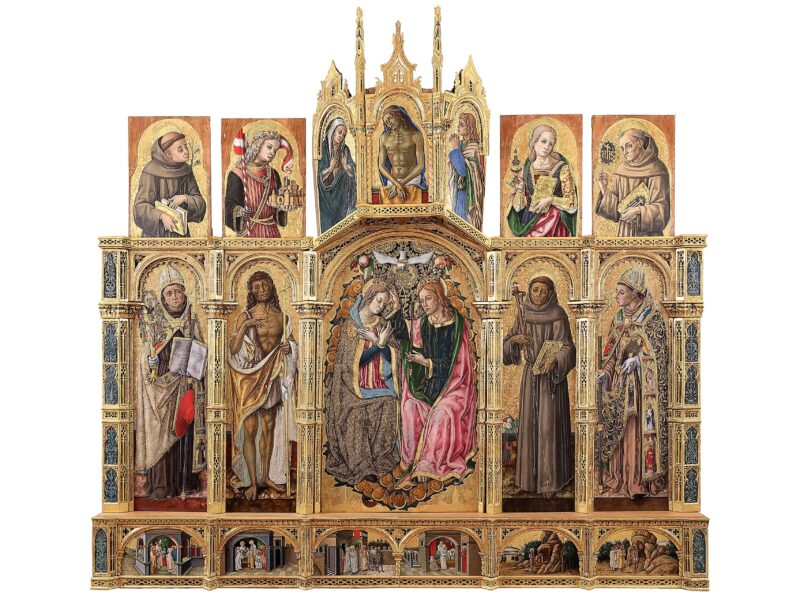
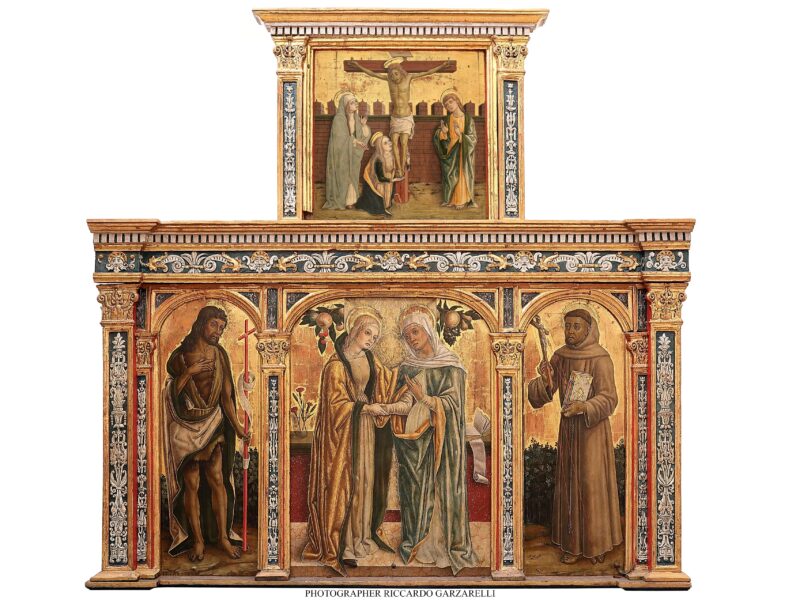
In the heart of the Marche region, just a few kilometers from the Adriatic coast, lies Sant’Elpidio a Mare, one of the most interesting centers of the Marche region, for its monumental and artistic beauty, for its intense cultural activity and because it is one of the most prestigious centers of the Fermano-Maceratese Footwear District, home to prestigious brands famous throughout the world.
Also mentioned by Pliny the Elder, it bears witness to Picene and Roman origins. In the early medieval period, settlements developed in the Colle della Pieve, the present historic center, perfectly preserved within the still intact medieval wall circuit.
The wall circuit and gates
In medieval times Sant’Elpidio a Mare was surrounded by three kilometers of walls and had seven gates; today only three remain: Porta Romana, Porta Marina and Porta Canale.
Porta Romana is the main gateway to the historic center and its current structure dates back to the 1930s, when the gate lost its medieval style and took on the appearance of a triumphal entrance, much in vogue during the Fascist era.
Porta Marina, also known as Porta Murata, is the main exit gate from the historic center and its sober and monumental neoclassical structure dates back to the late 18th century, when it was rebuilt after being cannonaded by Napoleonic troops passing through the Elpidian territory.
Porta Canale retains its 16th-century appearance as a fortified gate flanked by a hexagonal keep, embellished at the top by corbels (brackets) supporting the patrol path and machicolations (holes), from which guards could throw boiling liquid on enemies.
The historic center
Along Corso Baccio are the majestic aristocratic palaces, some of the city’s most important churches and the neoclassical structure of the “Cicconi” Theater, built in 1870 to a design by architect Ireneo Aleandri, whose elegant façade can be appreciated.
Not far away, the Church of St. Philip Neri, completed in 1789, has a single-nave interior with late Baroque stucco decorations and, on the vault, tempera paintings attributed to Giovan Battista Ripani (19th century). Canvases include the Marriage of the Virgin (1801) and the Revelation of the Archangel Raphael to Tobiah and Tobiolo by Alessandro Ricci, the Ecstasy of St. Philip Neri (1791) and the Crucifixion by Nicola Monti. The church’s counter elevation includes a valuable organ made in 1794 by maestro Gaetano Callido.
Continuing along the Corso toward Piazza Matteotti, one encounters the beautiful Renaissance portal decorated with candelabras from 1505 of the Church of Sant’Agostino Nuovo, built on the pre-existing 14th-century church of Sant’Antonio Abate, after the old Augustinian convent outside the walls (Sant’Agostino vecchio, now the Church of the Madonna dei Lumi) was destroyed in 1377 by Rinaldo da Monteverde, lord and tyrant of Fermo.
Overlooking Matteotti Square is the Lateran Basilica of Mary Most Holy of Mercy, built in the second half of the 16th century. Its single-nave interior features frescoes and paintings by Giuseppe Bastiani (Stories of the Virgin), Andrea Lilli (The Embarkation of St. Martha) and Andrea Boscoli (Our Lady of Mercy and Prophets, in the apse). Splendid carved and gilded wooden chancels house two precious organs: on the right, the one made in 1757 by the great Venetian master Pietro Nacchini (1757) and, on the left, the one by Gaetano Callido (1782), his pupil, from the church of S. Francesco.
The Civic Tower, commonly known as the Gerosolimitana, documented as early as the 14th century and remodeled in the 16th century, is about 28 meters high and has a Greek-cross plan with an articulated internal spatiality, characterized by a scalar structure resting on rampant arches; the lunette on the side entrance door depicting Christ the Redeemer comes from the Imperial Basilica of Santa Croce al Chienti.
The Perinsigne Collegiate Church of St. Elpidio Abate, which originated in the 13th century and has been remodeled over the centuries, houses a precious sarcophagus from the Roman period (4th cent. AD. ) in Greek marble depicting the lion hunt, which holds the relics of Saint Elpidio and his two disciples Ennesio and Eustasio; a wooden Baroque altar dedicated to Our Lady of Loreto made by Angelo Scoccianti from Cupramontana (1702); an organ by Gaetano Callido; valuable altarpieces, including the Our Lady of Mount Carmel and Saints of the Pomarancio, the Christ Crucified and Saints by Jacopo Palma the Younger and the Our Lady of the Assumption and Saints by Nicola Monti.
Next to the Collegiate Church is the Town Hall, built at the end of the 14th century, renovated in the second half of the 16th century and in the 19th century by Ireneo Aleandri, who was simultaneously working on the construction of the town theater.
Museums
In terms of the richness and value of its collections, the Pinacoteca Civica represents one of the most important museum sites in the Marche region.
The ancient section contains the impressive polyptych of The Coronation of the Virgin, the triptych The Visitation of Mary to St. Elizabeth, and the panel depicting a praying Franciscan friar by the famous Venetian master Vittore Crivelli.
Alongside these are masterpieces by Nicola Monti, Vincenzo Milioni, Hernestus De Schaychis, Gerolamo Dente known as the Tizianello, works of the Ricci school, and fine examples of the Marche and Roman schools.
The ancient section also houses the Hall of Silverware: precious specimens of goldsmithing from the 17th, 18th and 19th centuries testify to the wealth of the Elpidian community in the past.
The contemporary graphics section brings together works by internationally renowned artists such as Bruscaglia, Licata, Ciarrocchi, Offidani, Trubbiani, Capozucca, Cagli, Pierleoni, and Sanchini.
The “Cav. V. Andolfi” Footwear Museum for its originality and variety of exhibits represents an exceptional and almost unique heritage. The exhibition itinerary, divided into several sections, illustrates the transformations that footwear has undergone over the centuries. The journey begins with the ethnological section Footwear from every time and in every place where history, geography, fashion and design come together to arouse fascination and curiosity: from reproductions of Roman footwear to twentieth-century specimens, up to the most recent and daring experiments of the section dedicated to the Footwear Industry with footwear made by famous brands according to exclusive stylistic studies, winners of numerous awards worldwide for their innovative character.
Rich in curiosities is the section dedicated to the shoes of Famous Personalities, which collects shoes of important religious personalities (Pope John Paul II, Pope John XXIII, Pope Leo XIII, Pope Paul VI, and Pope Pius XI), and sports champions (Gino Bartali, Francesco Moser, Giovanni Trapattoni, Valentino Rossi, Alessandro Del Piero, Roberto Baggio), Nobel laureates (Sir Derek Walcott and Dario Fò), and illustrious men of Italian political and cultural history.
The Sacristy of the Perinsigne Collegiate Church houses the Museum of the Collegiate Church, where a precious astylar cross of the Abruzzo goldsmith school from 1398, silverware and sacred vestments as well as numerous canvases from churches in Elpida can be admired.
Outside the walls
Not far from the center stands the Church of Our Lady of Enlightenment: of the building, dating from the 13th century, part of the façade and perimeter bases remain today, as well as the oratory that holds the Istrian stone altar made in 1371 to hold the Holy Thorn of Christ’s crown. The relic was stolen in 1377 during the sacking perpetrated by the Fermo tyrant Rinaldo da Monteverde and transported to Fermo, to the Church of St. Augustine, where it is still venerated today.
The Municipal Historical Archives holds notarial acts, imperial and papal documents, correspondence, and accounting records that testify to political, economic, religious, and social life since the 9th century.
The Shrine of Our Lady of the Angels, was built together with the convent in the early 13th century; inside, some frescoes can be seen that testify to the cult of St. Mary of the Angels as well as the presence of the Franciscan fathers in Sant’Elpidio a Mare.
Located on the hill of the same name, the Capuchin Church was officiated since 1576, demolished in the second half of the 1700s it was rebuilt in its present form receiving the new title of St. Joseph. The interior is enriched by valuable canvases made by Filippo Ricci in 1758 including “The Dream of St. Joseph” and “The Marriage of the Virgin,” as well as a 19th-century wooden choir.
At Casette d’Ete it is possible to visit the Imperial Basilica of Santa Croce al Chienti, built on a pre-existing Christian basilica dating back to the 5th century and consecrated in the year 887. Recently restored, it is what remains of the imposing Abbey that until the 13th century was one of the most important Benedictine settlements in the Marche region.
In the locality of Castellano, it is possible to visit the “M. Bertini” Astronomical Observatory, the only one in the entire Fermo province; it represents one of the town’s major tourist attractions, having risen to the headlines for having hosted the first National Gnomics Conference in 1987 and in more recent times astrophysicist Margherita Hack.
Not to be missed
The Contesa del Secchio (Contesa of the Bucket) is the premier historical reenactment in the Marche: it has been held every year since 1953 on the second Sunday in August and is one of the most important and spectacular in Italy. The Contesa re-enacts a legend that in the late Middle Ages the Council of Priors decided to hold a contest among the four town districts of Santa Maria, San Martino, San Giovanni, and Sant’Elpidio, to determine who should have first refusal to draw water from the municipal well in the center of the main square, putting an end to the constant quarrels between the comari. More than a thousand costumed figures enliven the historic center with an elegant procession, which accompanies the young men of the contrade to the field to vie for the historic “bucket” in the Gioco del Pozzo, a kind of ancient basketball.
Medieval Town is held annually on the third weekend of July and takes the historic center back in time to the grandiose splendors of medieval times with performances, animations and staging of scenes of daily life and ancient crafts.
Sant’Elpidio a Mare is known for the production of quality footwear that can be purchased in the numerous outlets located throughout the Elpidian territory, particularly in the Brancadoro industrial area in the Casette d’Ete locality, where some of the most prestigious footwear brands are located: Tod’s, Prada and many others.
Punti chiave
Ecco alcune informazioni chiave
Info and contacts
Comune di Sant’Elpidio a Mare
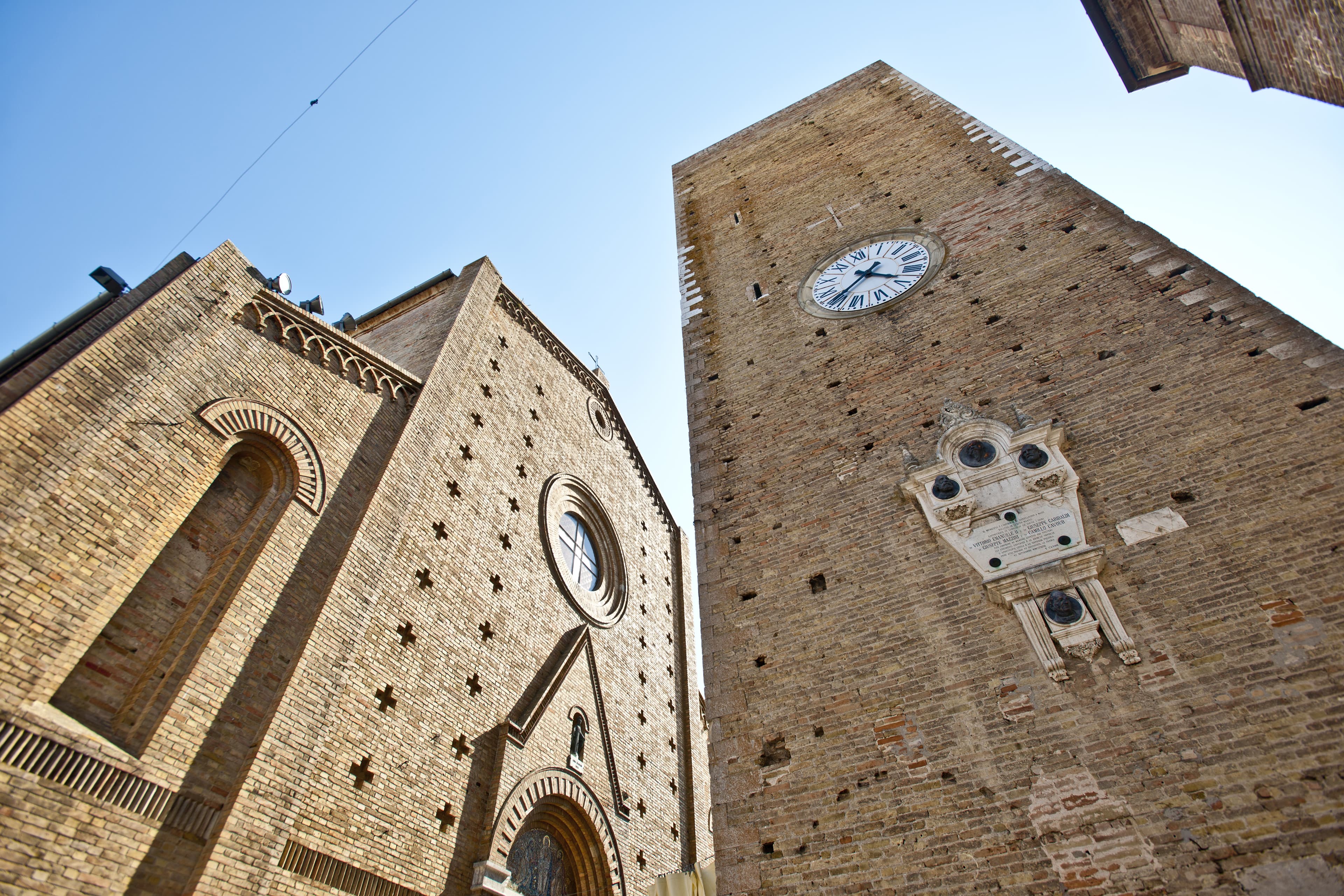
Dove trovo gli uffici per richiedere le informazioni turistiche?
Municipal tourist office of Sant’Elpidio a Mare
Largo Filippo Fratalocchi, 5 – 63811 Sant’Elpidio a Mare (FM)
Tel. 0734/8196407
E-mail: ufficio.turistico@santelpidioamare.it
Internet: www.santelpidioturismo.it
Opening hours: Saturday 3-6 p.m. / Sunday 10:30 a.m.-12:30 p.m. and 3-6 p.m.
Map
Richiedi informazioni
Contattaci utilizzando il modulo seguente.

